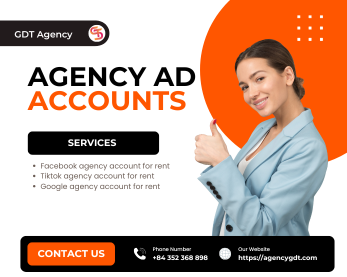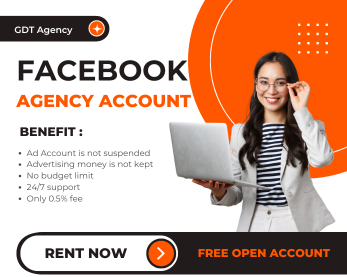What is the Learning Phase Facebook? Why does it matter for your ads? It’s the stage where Facebook’s algorithm learns how to deliver your ads effectively by collecting data. Want to optimize your campaigns and reduce wasted spend? Read my blog now to take control of the Facebook ads Learning Phase!
What is The Learning Phase Facebook?

The Facebook Learning Phase is when Facebook’s algorithm tests and gathers data to figure out the best way to deliver your ads. It lasts until Facebook gets around 50 optimization events (like purchases or clicks) in a 7-day period.
During this phase, your ad performance might fluctuate as Facebook experiments with different audiences and strategies. Once the Facebook ad Learning Phase ends, the algorithm has enough data to deliver your ads more effectively, leading to more stable performance.
Let’s break it down more simply. Imagine a new driver learning how to drive a car. At first, the driver doesn’t know the best routes, how to avoid traffic, or when to speed up or slow down. So, they might make some mistakes and take longer to reach their destination.
Over time, as they drive more, they start understanding the best routes and driving patterns that help them get to their destination faster and more smoothly.
>>> Here is the official material from Facebook about Learning Phase <<<
What Does Facebook’s Algorithm Do in the Learning Phase?

During the Learning Phase, Facebook’s algorithm tries to understand the best way to deliver your ads to achieve your campaign goals. Specifically, the algorithm:
- Tests Different Audiences
It experiments by showing your ads to various groups of people (based on interests, behaviors, locations,…) to see who is most likely to engage or convert.
In one campaign I led for a client in the e-commerce industry, Facebook’s algorithm tested 10 different audience segments, including those interested in sports apparel, fitness enthusiasts, online shopping, and healthy living.
After 5 days in the Learning Phase, the algorithm identified a high-performing segment of users interested in running shoes and activewear. This resulted in a 25% increase in conversion rates as the ad targeting became more focused on users who were more likely to engage with and purchase the products.
- Optimizes Ad Delivery
The algorithm adjusts how often and when to show your ad based on the performance of different audiences.
- Collects Data
Through my work with Facebook campaigns, I’ve observed that the algorithm refines targeting based on user interactions, such as clicks and purchases.
A key insight I’ve found is that Facebook prioritizes engagement-driven optimizations over simple reach-based strategies, which means higher-performing ads are shown to more likely converters after the Learning Phase concludes.
- Adjusts Bidding
It fine-tunes the bid amount for your ads to maximize performance while staying within your budget.
The goal is to gather at least 50 data so that Facebook can efficiently serve your ads to the right people. This helps improve ad performance and stability after the Facebook Learning Phase ends.
>>> For more tips in Digital Marketing, follow me at Digital Marketing Tips <<<
Common Causes of the Facebook Ads Learning Phase

Learning Phase Facebook occurs when you launch a new ad set or make significant changes to your existing campaign. Here are some common reasons why your ads might enter the Learning Phase:
- New Campaign or Ad Set
If you create a new campaign or ad set, Facebook doesn’t have enough data yet. So, Facebook’s algorithm starts learning who to show your ads to for the best results.
- Changes to Ad Set
Making significant changes, such as adjusting the budget, targeting, creative, or bidding strategy, can reset the Learning Phase because the algorithm needs to re-evaluate how to optimize the ad delivery.
Many of my clients were in the Learning Phase Facebook for more than 1 week because they increased the budget by more than 20% halfway through the campaign. As a result, the algorithm needed additional time to adjust, leading to an extended Learning Phase.
In such cases, the algorithm’s learning process becomes Learning Limited, as it cannot efficiently gather enough data to optimize ad delivery without a stable set of parameters.
- Low Budget or Insufficient Data
If your ad set doesn’t get enough results (like clicks or conversions), the algorithm might struggle to gather the data needed for optimization. As a result, it stays in the Facebook ad Learning Phase longer.
- Small Audience Size
If your audience is too small, Facebook may not get enough interactions to exit the Learning Phase efficiently, meaning the algorithm has limited opportunities to learn.
In a campaign for a local restaurant, my client’s campaign was targeting only users within 2 miles, which resulted in fewer than 10 conversions over a 7-day period.
- Low Frequency of Conversions
If your campaign is focused on actions like purchases or other rare events, it can take longer to collect enough data to exit the Learning Phase, especially if the conversion rate is low.
>>> Access more blogs on Facebook Ads issues at my website HenryDuy <<<
How to Exit the Facebook Learning Phase?

When your Facebook ads are in the Learning Phase, it’s important to be patient and avoid making drastic changes that could reset the process. Here’s what you can do to help your ads successfully exit Learning Phase Facebook and perform better:
Be Patient
The Facebook ads Learning Phase is a normal part of the ad process. It can take some time, typically until your ad set reaches 50 optimization events in a week.
Don’t rush the process. Once Facebook collects enough data, it will optimize your ad delivery.
Avoid Making Significant Changes
Frequent adjustments to your ad set can reset the Learning Phase. Normally, changing an element by more than 20% can reset the Learning Phase.
In a recent campaign targeting lead generation, my tech client increased the budget by 50% mid-phase caused the learning to restart. This action delayed optimal results by another week.
Ensure Sufficient Budget
An adequate budget is crucial to ensure your ad set gathers enough data during the Learning Phase. For context, campaigns with a daily budget below $10 often struggle to generate the necessary 50 optimization events within a week, extending the Learning Phase.
In my experience, allocating a budget of at least $50/day for conversion campaigns targeting high-cost events like purchases has been ideal to exit Learning Phase Facebook promptly.
Target a Larger Audience
Broad audience targeting is especially effective during the Facebook ads Learning Phase, as it gives Facebook’s algorithm more flexibility to find the right people.
When I ran a campaign for a fitness app, expanding the target audience from 100,000 to over 500,000 users reduced the Facebook ads in Learning Phase from 7 days to 4.
Overly narrow targeting, such as by niche interests or demographics, can slow optimization by limiting exposure.
Monitor Performance Without Overreacting
Fluctuations in ad performance are typical during the Learning Phase. For example, a campaign I managed for a beauty brand saw a 40% CPC increase during the first three days of learning but stabilized by day 5.
Instead of reacting to short-term results, use Facebook’s Delivery Insights to identify underperforming metrics and decide if new creatives or strategies are warranted after the Learning Phase Facebook concludes.
Ensure Conversion Events Are Measured Properly
For conversion-based campaigns, it’s essential that your Facebook pixel is accurately configured to track events.
In one case, a retailer I worked with had incorrectly placed the pixel on a Thank you page, which caused missed purchase events and prolonged the Learning Phase.
Tools like Facebook’s Event Manager can help verify if your events are firing correctly and prevent delays.
Test With Multiple Ad Sets
If you’re seeing poor performance in one ad set, try creating multiple ad sets with different targeting or creatives. This can help the algorithm learn faster and exit Learning Phase Facebook by testing different variations.
In a campaign for a SaaS product of my team, splitting one ad set into three smaller sets targeting different user segments (IT professionals, business owners, freelancers,…) revealed which audience delivered the best results and shortened the Facebook ads in Learning Phase period by 20%.
Tips to Reduce the Frequency of Your Facebook Ads in Learning Phase

The goal of Facebook advertising isn’t to avoid the Facebook ads Learning Phase entirely. It’s a necessary process for Facebook’s machine learning to optimize your campaigns.
Any significant changes or new campaigns will naturally trigger the Learning Phase, so it’s about managing it effectively rather than avoiding it altogether. Now, let’s focus on how to structure your account and plan adjustments to minimize time spent in the Learning Phase.
- Avoid Frequent Changes to Your Ad Set
- Increase the Budget Gradually
- Target a Larger, More Stable Audience
- Use Automatic Placement
- Consolidate Ad Sets
- Use Higher Conversion Volume
- Avoid Frequent Resetting of Campaigns
- Use CBO (Campaign Budget Optimization)
Conclusion
Can you master the Learning Phase Facebook? With the right strategies and patience, you can optimize your ad campaigns for consistent success.
If you found these tips helpful, share this blog with your friends. Have questions or insights? Drop a comment below. I’d love to hear from you! Let’s grow together.



